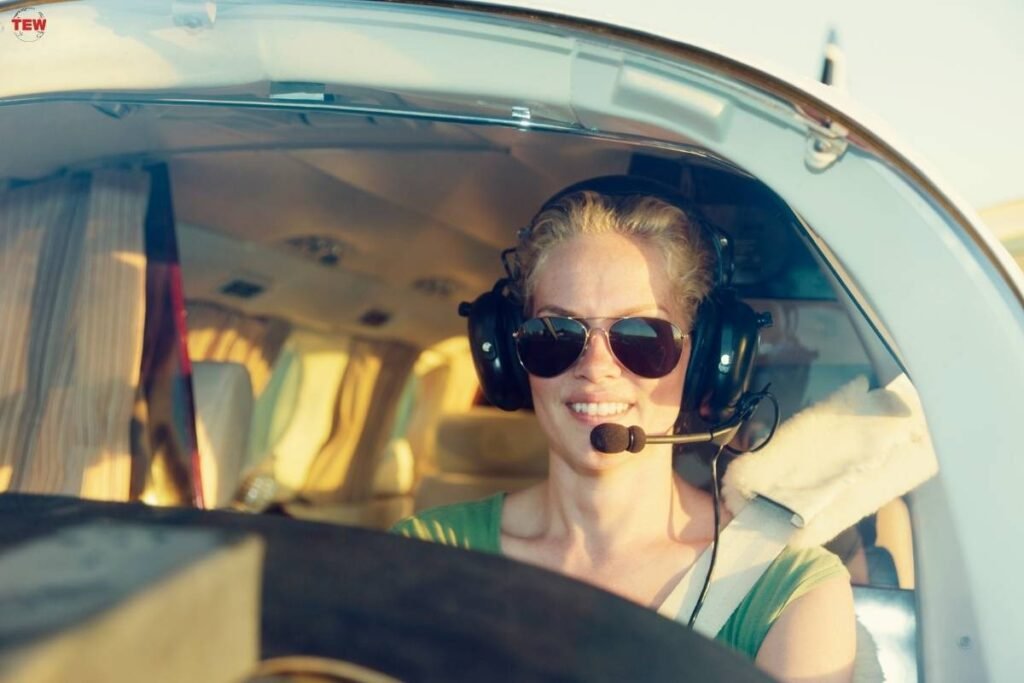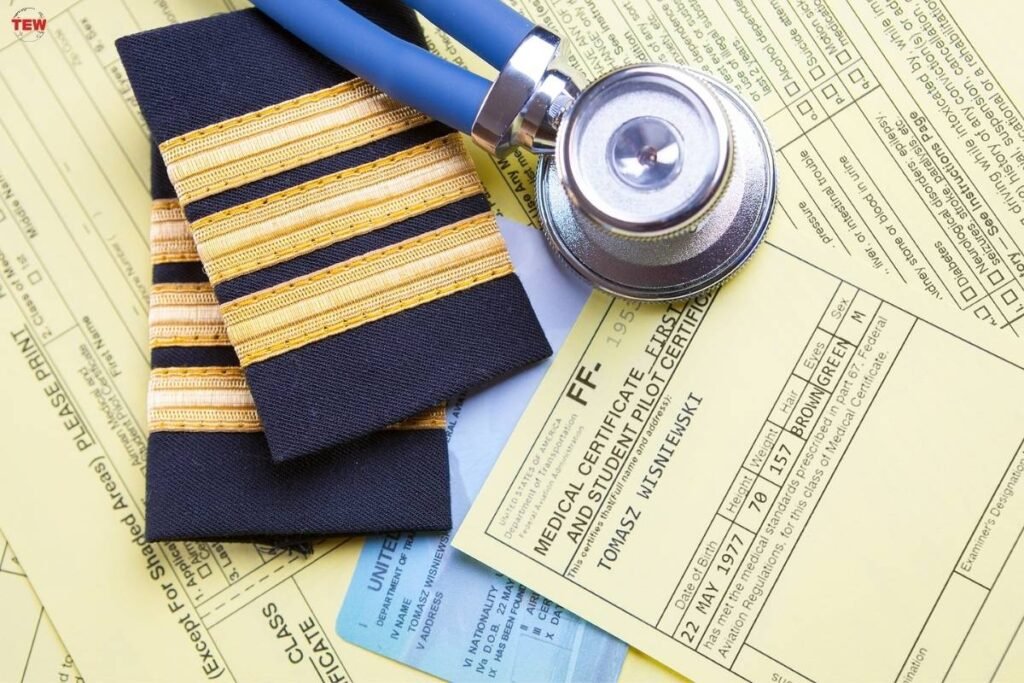Becoming a commercial airline pilot is a dream for many people. However, it is not an easy job, and its requirements can vary from one country to another. If you want to become a commercial airline pilot, you need to complete specific airline pilot training requirements and carry out particular flying hours.
In this blog post, we will guide you through the essential requirements and costs that are involved in commercial airline pilot training.
Educational Requirements for Commercial Airline Pilots
To become an airline pilot, you must at least have a high school diploma or its equivalent. Some airlines may require their applicants to hold at least a bachelor’s degree in aviation or any related field.
1. Pilot Certification Requirements

Several certificates must be acquired in accordance with the regulations of your specific region or country to qualify as an airline pilot. In the United States, aviation activities are overseen by the Federal Aviation Administration (FAA). The FAA mandates the following licensed certifications for all prospective airline pilot candidates:
- Student Pilot Certificate: This certificate is essential for individuals intending to learn how to fly privately or commercially under Part 61 of the FAA regulations.
- Private Pilot Certificate: Upon completion of the student certificate level education, the next progression is the private certificate course. This phase advances beyond the basics of plane piloting covered in the student license, encompassing more advanced skills such as aircraft maneuvers and navigation.
- Instrument Rating: This rating permits pilots to navigate under circumstances of impaired visibility due to weather conditions, relying on instrument guidance for safe plane operation.
- Commercial Pilot Certificate: This certification grants pilots the authorization to engage in flights carrying passengers across diverse geographical regions of different countries.
- Air Transport/Certified Flight Instructor (ATP/CFI): This notable qualification is designed for those aiming for a higher-level position as flight instructors, guiding beginners in their pursuit of flight-related licenses.
2. Flight Hours Requirement Training

In addition to fulfilling the aforementioned license and certification prerequisites, aspiring pilots must accrue additional flying hours during their airline pilot training in order to attain the status of a commercial pilot.
- Basic Airline Pilot Training: This phase marks the initial flight hours for beginners on the path to acquiring a Student Pilot Certificate and Private Pilot Certificate. During this period, trainees are introduced to airplane operations across various aircraft types, amassing up to 40-50 flight hours with an FAA-certified instructor before being permitted to undertake solo flights.
- Commercial Flight Training: The subsequent stage extends the foundation laid in the previous private pilot training program. Pilots enhance their grasp of instrument-based flying, delving into advanced techniques over a range of approximately 65-70 hours. This includes lessons on cross-country flights and flying during nighttime conditions.
- Air Transport/Certified Flight Instructor (ATP/CFI) & Multi-Engine Aircraft Certification Training (to prepare for airline jobs): Additional flight time of at least 215 hours or more is required, depending on company stipulations. This is coupled with the acquisition of multi-engine aircraft certificates to adequately prepare for positions within the airline sector.
FAA Certification Test for Pilots
Following the completion of the Flight Hour training segment in the journey towards becoming a professional pilot, the next crucial stage involves successfully passing the FAA certification tests, encompassing both written and practical examinations. The written exam comprises multiple-choice questionnaires, while the practical test evaluates candidates’ aptitude in managing different aircraft during real-life scenarios. This includes simulated engine failure scenarios known as AQP & LOFT, followed by check rides administered by FAA-certified evaluators/supervisors.

Costs Associated with Becoming a Commercial Airline Pilot
Embarking on a career in air piloting entails substantial costs, given the multitude of factors contributing to honing pilots’ proficiency through hands-on experiences within various cockpit environments and exposure to diverse weather conditions, all in the pursuit of safety awareness. Let’s break down these costs:
- Basic or Beginner Private Pilot License: This encompasses the ground school course and approximately $200 per hour for flight rates with instructor guidance. The estimated cost ranges between $7000 to $8000.
- Advanced Commercial Skills Course and Certificate: This step entails adding the Instrument rating, incurring expenses ranging between $6000 to $15000, contingent on location-specific fees.
- Multi-Engine Aircraft Certification Course: The cost for this course falls within the range of $15000 to $20000, meeting the minimum flight hour requirement. However, the specific expense depends on company requisites, particularly in preparation for adding ATP/CFI certificates for potential airline positions.
- Commercial Check Ride Exam Fees: Direct payment towards the FAA for the check ride exam incurs an out-of-pocket expense ranging anywhere from $4000 to $5000.
Additional expenses encompass uniform costs, study materials, and miscellaneous items needed throug hour airline pilot training periods. These incidental expenses can vary significantly, influenced by choices made by pilot students or their families.
Conclusion:
Becoming a commercial airline pilot involves a multi-step process, entailing the acquisition of necessary licenses/certifications and the fulfillment of Flight Hours requirements, potentially spanning extended durations. It’s imperative to acknowledge that the pursuit of an airline pilot career is accompanied by substantial costs, which could translate into years of financial commitment based on individual circumstances.




